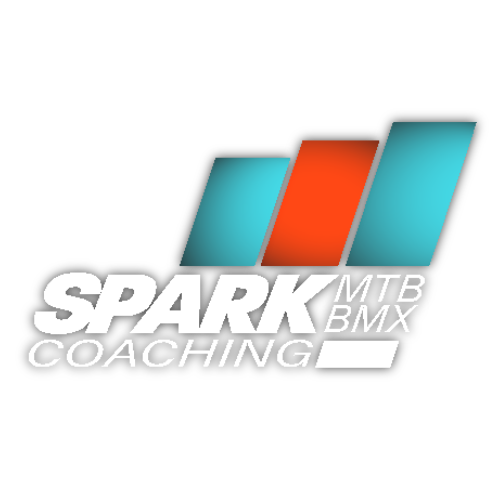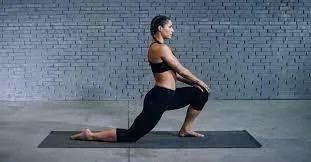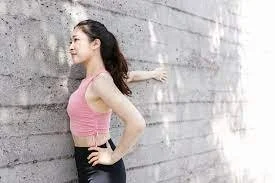Stop stretching, try these moves instead
Should you stretch tight muscles? Probably not. Most of the time, the muscles we perceive as tight are already stretched too long. Stretching the tight muscle is most likely not the solution to long-term relief.
Do you find yourself stretching muscles that are chronically tight and painful? Like your neck, hip flexors, back, hips, IT bands, and hamstrings? Do you ever wonder why they are tight or if you’re even doing the right thing by stretching them?
You may be doing more harm than good by arbitrarily stretching things. The good thing is the body is very resilient and can improve quickly once you figure out what to stretch and what to strengthen.
Many times what seems to be tight isn’t the problem, it’s just the recipient of a few joints being out of proper position. You can stretch that muscle for the rest of your life but it probably won’t get any better, at least in the long run. Temporarily you may feel a slight relief but it usually isn’t a good long-term fix.
Here are 3 stretches I would stop using
1. Aggressive Hip flexor stretches
Many feel that their Hip Flexors are tight and have seen stretches that help to lengthen them. The problem isn’t that the hip flexors are tight it’s most likely that your core/rib cage/pelvis is in a bad position. You can keep stretching but you’re probably doing way more harm than good.
If you have made this mistake, well join the club. The problem with stretching hip flexors is that you’re not really stretching hip flexors as much as you’re stretching the precious ligaments in the front of your hip capsule. This can lead to more problems than just having tight hip flexors.
These ligaments are especially important when your pelvis is out of place, so STOP STRETCHING THEM PLEASE!
The image above is a good representation of what I would call “too aggressive” when it comes to stretching the hips. This woman has found her limit of hip extension and continued to push the pelvis forward to where the low back is arched and femur would be driven forward in the hip socket. Not necessarily dangerous, just maybe not as helpful as a less aggressive stretch.
Do this instead
The half-kneeling position is a great way to get the hip into a extended position and lengthen tissues around the hip.
One important thing you want to be aware of in half-kneeling is the position of your upper body. I cue my clients to stay tall and exhale to reduce any extension in the back and rib flare. You want the ribs and pelvis stacked right over the knee on the floor.
Being in the correct position, with some abz on can really help pull that pelvis into an optimal position. From this position, you can do many different exercises such as presses, pulls, throws, etc.
2. Hamstrings Stretches
I’ve met many people that can’t touch their toes or even sit on the floor with legs straight without discomfort. All of them blame their tight hamstrings. Yeah they’re most likely tight but they’re tight for a reason… they’re keeping you from falling on your face.
Further up the kinetic chain of your body something is out of position which has led to your hamstrings being tight. Stretch hamstrings all you want but they won’t get any better and in fact can take away some of that stability which could lead to some nagging back pain or maybe even achy knees.
Once again I’ve made this mistake before. I tried stretching those suckers by any means possible only to be left with next to no progress as far as mobility goes. What I was missing was that the pelvis and ribcage were in poor positions, causing one or both hamstrings to feel tight. Watch the video below and give this a try to see for yourself how much the position of the pelvis plays a role in mobility.
Do this instead
Below are two examples of exercises that would help align ribcage and pelvis through positioning, breathing, and muscle activity.
3. Shoulders/Neck Stretching
The last one that is probably most overused is the front and back of the shoulder stretch. I see a lot of people crossing their arms across their bodies to stretch the back of the shoulder. Then they go to a wall and twist so they feel a stretch in the front of the shoulder.
The Glenohumeral joint (GH) is a fairly delicate joint so if you don’t know what you’re stretching you may be not doing anything helpful. The GH joint is where your arm bone meets your shoulder blade. Usually what the GH joint needs is more stability, not flexibility. The shoulder blade needs more stability and mobility (different than flexibility) which in turn helps keep your GH joint in a better position. Also, the shoulder blade needs to be in a good position on the rib cage to work optimally. This means you need to breathe well and have a strong core.
Do this instead
If you’re going to stretch your shoulders, the Side-lying PNF stretch is one that I really like. Notice how deep breathing in this side-lying stretch position really helps you achieve more mobility with less effort.
Instead of stretching the pecs and muscles of the rotator cuff, and neck. You may be better off getting a good stretch on the bigger muscles that pull your shoulders forward while extending your back… your Lats. Try this Lat stretch by incorporating deep breathing, and a little hamstring activation to help shoulders and neck feel better.
Recap
Often muscles that feel tight are just the recipients of a joint being in a poor position. Hamstrings, Hip Flexors, Neck, and Shoulders are not tight because the muscles have become short, they are short because they have been pulled long and tight. Those “tight” muscles are the thing that is helping you from falling further into that bad position. Usually, when you start breathing better, your core works better and everything starts to fall into place and muscles don’t feel tight, your mobility improves and you perform better than ever before.


